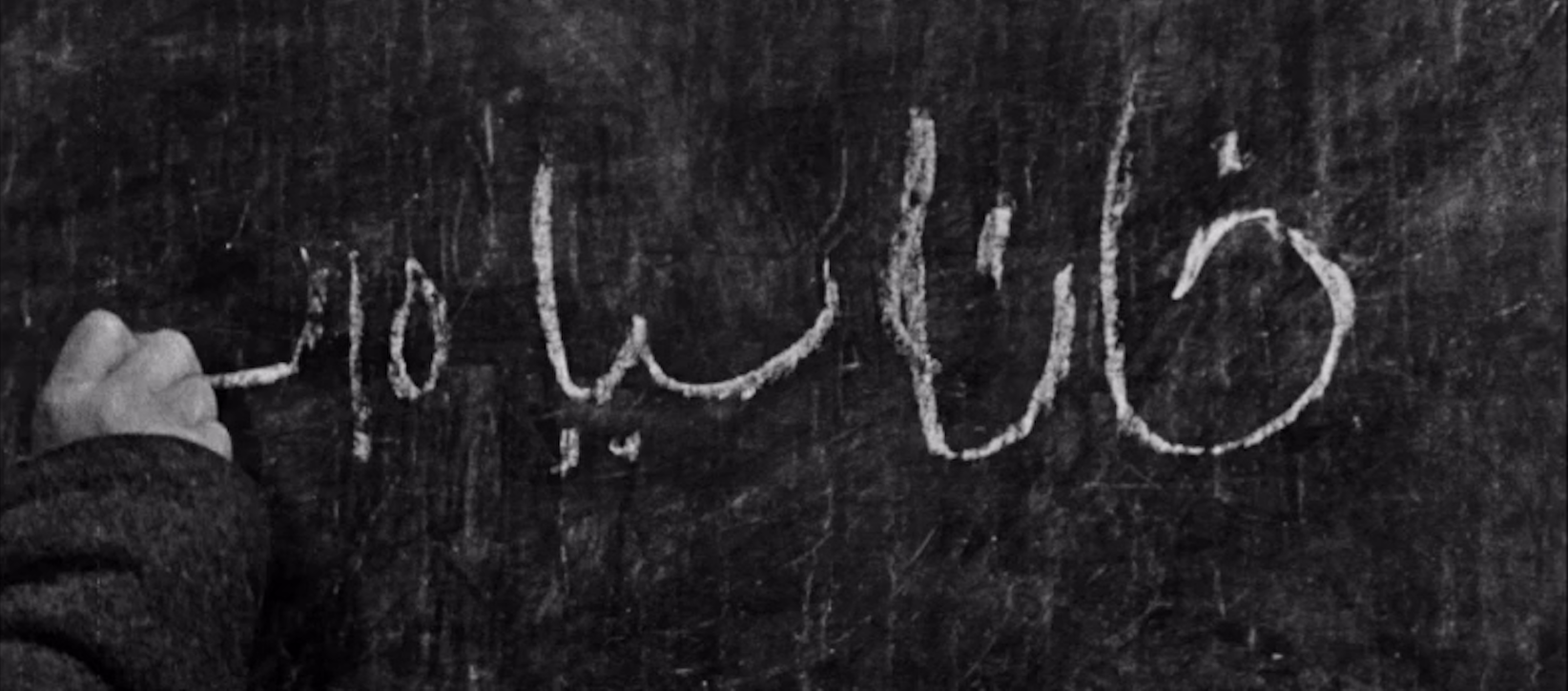In his essay “The Queen of Sheba,”1 Iranian critic Hesam Amiri recounts the reactions that The House Is Black (1963) received from reviewers upon its release. The common thread among all of the predominantly negative reviews was that the film was deemed “too feminine” or (contradicting the prior claim) that it was not actually directed by Forough Farrokhzad, but by her partner, the prominent filmmaker and writer Ebrahim Golestan…
Ultra Dogme

